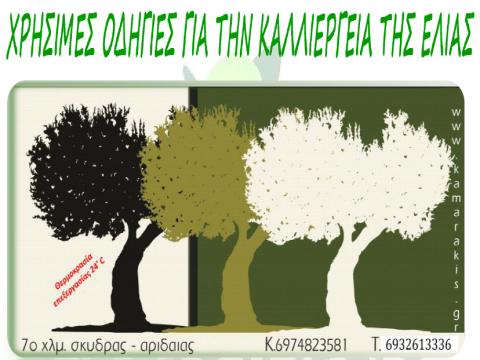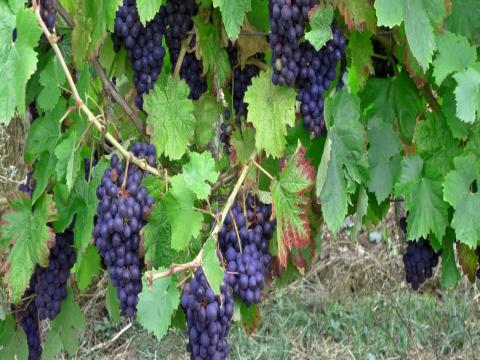CHOICE OF OLIVE VARIETY
1 January 2014
The first criterion for choosing a variety is the price of the product. With table olives, especially those that acquire a deep black color when ripening, such as Amfissis and Kalamon, the highest prices are achieved, and therefore the highest income. However, the entire harvest of table olives is not suitable for canning. For olive groves with a large production, the olive growers must be equipped with a sorter, a machine that sorts the oils suitable for canning and separates the unsuitable ones, which are oiled. Therefore, in the decision to cultivate a table variety, it must be taken into account that the high prices apply to part of the production that meets certain specifications and that the olive grower must be equipped with a sorter, but also suitable storage areas to preserve the fruits in case where he cannot immediately make them available either because there is no demand or because the prices are low. The adaptability of the variety to the specific climatic conditions of the field is the second criterion. Lianolia Corfu, for example, is a variety that can be grown in conditions of high soil and atmospheric humidity, where other varieties are not adapted. Chondrolia of Halkidiki has great requirements in hours of low temperatures for the differentiation of flowering buds and grows only vegetatively in southern regions with mild winters. The incompatible is a criterion according to which it will be decided to cultivate one or more varieties in the olive grove. For self-sterile varieties such as Chondrolia of Halkidiki, a second variety of pollinator is definitely required at a ratio of 1 pollinator : 10 trees of the basic variety. With table varieties, the simultaneous cultivation of several varieties should be avoided. The many varieties cause over-pollination and heavy fruit set, resulting in the many fruits produced being small in size and unsuitable for canning. There is no problem with the dual-use varieties and the oils. The olive growing tradition of a place and the existing industrial infrastructure is a serious criterion that leaves little scope for variety selection. E.g. in the regions of Magnesia, Fthiotida and Amfissis the Amfissis variety is almost a certain choice, as is Kalamon in the Prefectures of Messinia and Laconia and Chondrolia of Halkidiki in the Prefecture of Halkidiki. The possibility of irrigation or the existence of sufficient rainfall with a regular distribution is a reason for choosing a table or dual-use olive variety rather than an oil-making variety. The choice of olive in some cases is related to the capabilities of the grower. Mainly townspeople and secondarily cultivators, when they actually live at a distance from the place of cultivation, choose as their main varieties the oilable ones, because they have the least requirements and their cultivation is associated with fewer problems compared to the canned ones. In recent years, there have been many organized plantings of olive varieties with the sole purpose of producing, standardizing and promoting the excellent quality of Greek olive oil.









